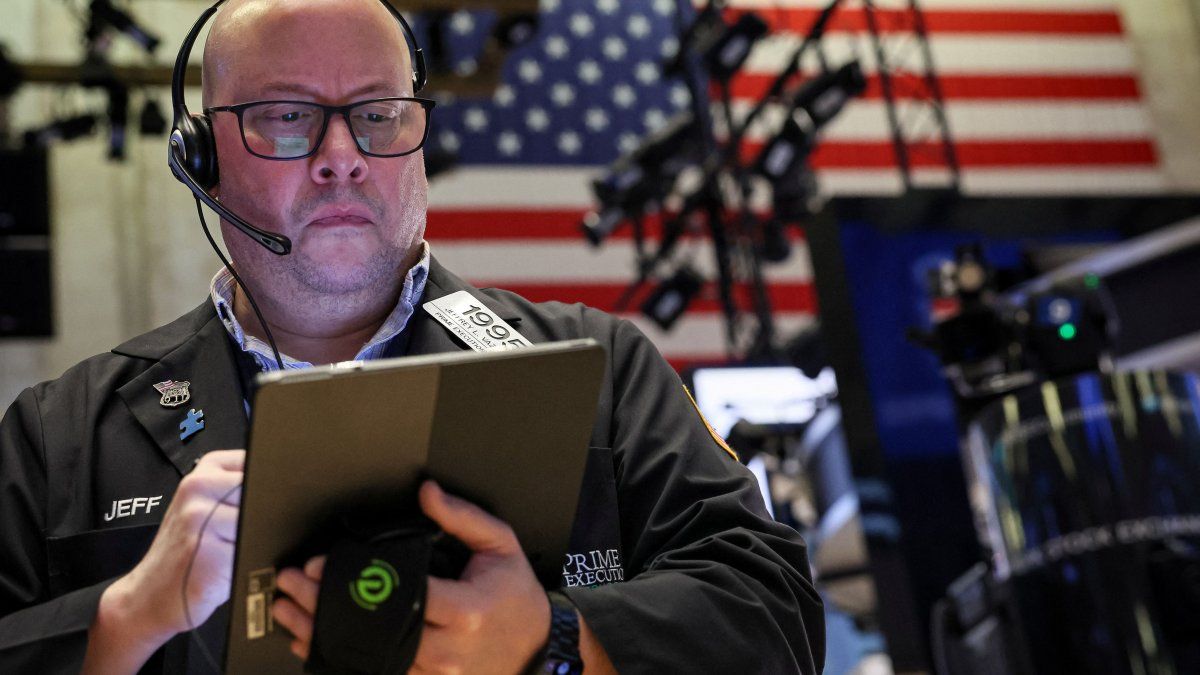Growth that defies recession forecasts, solid job creation, strong consumption: the US economy continues to surprise despite high interest rates. How is this apparent paradox explained?
A low level of unemployment, increased wages and hiring, sustain the consumption frenzy of American families.
During the coronavirus crisis, companies even had difficulties hiring, training and retaining their talent. Against this background, many firms think twice before laying off staff and prefer to reduce hiring, Gregory Daco, chief economist at EY, explains to AFP.
The consequence: “Greater resilience of the labor market,” highlights the specialist. Also, employers who value their staff more: “A unique facet of this economic cycle is that the value of talent has changed.”
The private sector offers less employment. But the public sector continued with great dynamics and government, health, and education “drive much of the employment growth,” highlights Kathy Bostjancic, chief economist at the insurance company Nationwide.
Salaries, after rising so much, ended up growing above inflation, which is moderating little by little.
“A decline in inflation and increased purchasing power fuel strong consumer spending,” Julia Pollak, chief economist of the job posting site ZipRecruiter, summarized to AFP.
The number of job offers published online has decreased regularly since the peak in November 2021, but remains historically high, adds Pollak, who highlights that signs of a weakening labor market are visible: each available job offer registered 30% in January. more candidates than in January 2023.
First, the public treasury earned 2.2 trillion dollars to face the covid crisis in March 2020; then 1.9 billion a year later. Both former President Donald Trump and his successor Joe Biden used heavy artillery to support the economy in the face of an unprecedented crisis.
These aid packages certainly contributed to “inflationary pressures,” noted Dan North, an economist at Allianz Trade North America.
Biden immediately signed a $1.2 trillion plan for transportation and infrastructure in November 2021, and then his $750 billion climate action plan in August 2022.
Result: when the Federal Reserve (Fed) tried to cool the economy by raising interest rates – a move that by making credit more expensive discourages consumption and investment – “fiscal policy did exactly the opposite,” says North.
“Official subsidies for electric vehicles, microchips and infrastructure stimulate business investments when high interest rates would have, if that had not happened, lowered” investment spending, added Julia Pollak.
About 30% of the increase in GDP last year came from public spending, which represents 14% of the economy, Gregory Daco explained.
High rates did not harm the economy because interest rates came from very low levels, close to zero. In March 2020, to confront the covid crisis, the Federal Reserve (Fed, central bank) sharply lowered the cost of money and only began to raise its rates two years later.
This context “allowed companies to issue debt at very low interest rates,” says North. “Companies, as a whole, pay the lowest interest rates ever recorded,” she emphasizes.
Families were also able to take advantage of exceptionally low interest rates on mortgage loans before they began to rise again to their current levels, which are highs in more than 20 years.
Economists say it takes time for the impact of rate increases to be reflected in the real economy.
The last increase in reference interest rates by the Fed took place in July. And it takes about 18 months for the full effect of an increase to kick in and cool the economy, North says.
For this year, meanwhile, the outlook is positive, with rate cuts on the horizon amid moderating inflation.
Source: Ambito




